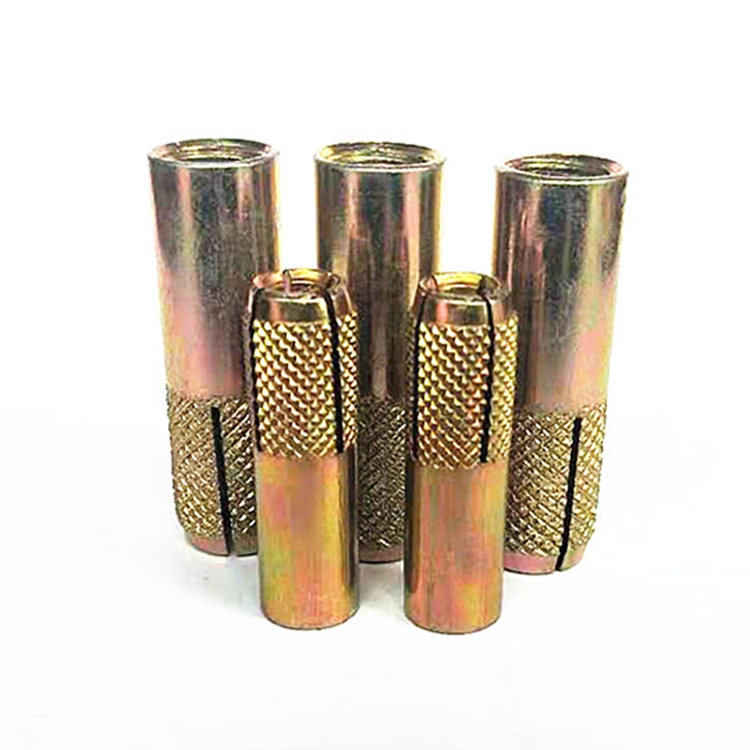polyurethane washers factories
Nov . 05, 2024 04:12 Back to list
polyurethane washers factories
The Rise of Polyurethane Washers A Look at Manufacturing Practices
Polyurethane washers are increasingly becoming a staple in various industrial applications due to their unique properties, including flexibility, resilience, and resistance to wear and tear. As industries evolve and seek higher-quality components for machinery and equipment, the demand for polyurethane washers has surged. In this article, we delve into the world of polyurethane washers and explore the manufacturing processes adopted by factories around the globe.
Understanding Polyurethane Washers
Polyurethane is a versatile polymer that exhibits a combination of rubber-like properties and the durability of plastics. This makes polyurethane washers ideal for applications requiring sealing, cushioning, and vibration damping. They are used in a wide range of sectors, including automotive, aerospace, construction, and electronics.
These washers come in various shapes, sizes, and hardness levels, allowing manufacturers to tailor them to specific applications. The versatility of polyurethane allows for the production of washers that can withstand extreme temperatures, chemicals, and mechanical stress, making them an optimal choice for demanding environments.
The Manufacturing Process
The manufacturing of polyurethane washers involves several critical steps, each designed to ensure the quality, durability, and performance of the final product
. Let's take a closer look at the key stages of this process1. Material Selection The first step in manufacturing polyurethane washers is selecting the appropriate grade of polyurethane. Different applications may require specific properties, such as increased hardness or enhanced chemical resistance. Manufacturers often work closely with suppliers to choose the best raw materials for their products.
2. Mixing and Formulation Once the materials are selected, they are mixed in precise ratios to create a polyurethane compound. This mixture typically includes polyols, isocyanates, catalysts, and additives. The formulation process is critical, as it affects the physical properties of the final washer, including its hardness, tensile strength, and elasticity.
polyurethane washers factories

3. Molding After the compound is prepared, it is poured into molds to create the desired washer shape. There are several molding techniques, including compression molding, injection molding, and pouring. The choice of method depends on the volume of production and the complexity of the washer design. Each technique has its advantages, such as cost-effectiveness or the ability to create intricate shapes.
4. Curing Once the molds are filled with the polyurethane compound, the next step is curing. This involves allowing the material to harden and reach its final properties. Curing can occur at room temperature or may require heat, depending on the formulation used. Proper curing is essential to achieve the desired mechanical properties and longevity of the washers.
5. Quality Control After curing, each batch of polyurethane washers undergoes stringent quality control tests. These assessments check for uniformity, dimensions, and physical integrity. Manufacturers conduct mechanical tests to ensure that the washers can withstand intended operational conditions. Quality control is crucial, as it helps maintain the reputation of the factory and ensures customer satisfaction.
6. Finishing Touches Finally, the washers may undergo additional finishing processes, such as surface treatments or coatings that enhance their properties or aesthetic appeal. These could involve smoothing edges, applying anti-friction coatings, or adding color for identification purposes.
Challenges and Innovations
While the demand for polyurethane washers is rising, manufacturers face several challenges in the process. These can include sourcing high-quality raw materials, managing waste production from manufacturing, and meeting stringent environmental regulations. As a response, many factories are innovating by adopting sustainable practices. This includes recycling scrap material, utilizing eco-friendly raw materials, and implementing energy-efficient manufacturing techniques.
Moreover, advancements in technology, such as 3D printing, are opening new avenues for custom manufacturing. This allows for rapid prototyping and testing of new washer designs, which can significantly reduce lead times and costs.
Conclusion
As industries continue to evolve, the role of polyurethane washers in machinery and equipment will become increasingly significant. The combination of superior material properties and innovative manufacturing processes positions these washers as reliable components across various sectors. By addressing challenges and embracing new technologies, factories producing polyurethane washers can ensure they meet the growing demands of the marketplace while contributing to sustainability efforts. The future of manufacturing polyurethane washers looks promising, fueled by innovation and a commitment to quality.
Latest news
-
High-Quality Panel Stud Bolt Reliable Panel Stud Bolt Factory & Suppliers
NewsJul.08,2025
-
High-Precision Fine Thread Locknuts Manufacturer & Supplier Custom Solutions
NewsJul.08,2025
-
PH Imperial Stud Bolt – High Strength Fasteners from Leading Supplier & Factory
NewsJul.07,2025
-
High-Quality Allen Wrench Bolts Leading Factory, Company & Suppliers
NewsJul.07,2025
-
Wholesale Ball Stud Bolt - High Quality Supplier & Factory Price Reliable Wholesale Ball Stud Bolt Company
NewsJul.06,2025
-
High-Strength Alloy Bolts Manufacturer & Supplier Quality Alloy Fasteners Factory
NewsJul.06,2025
